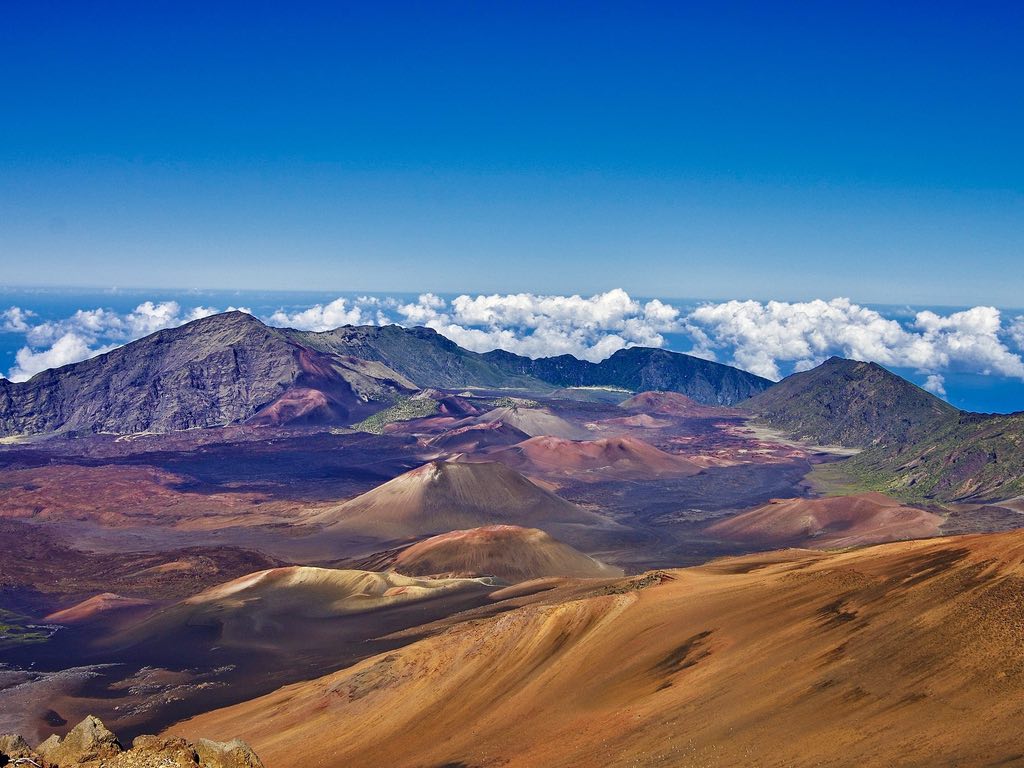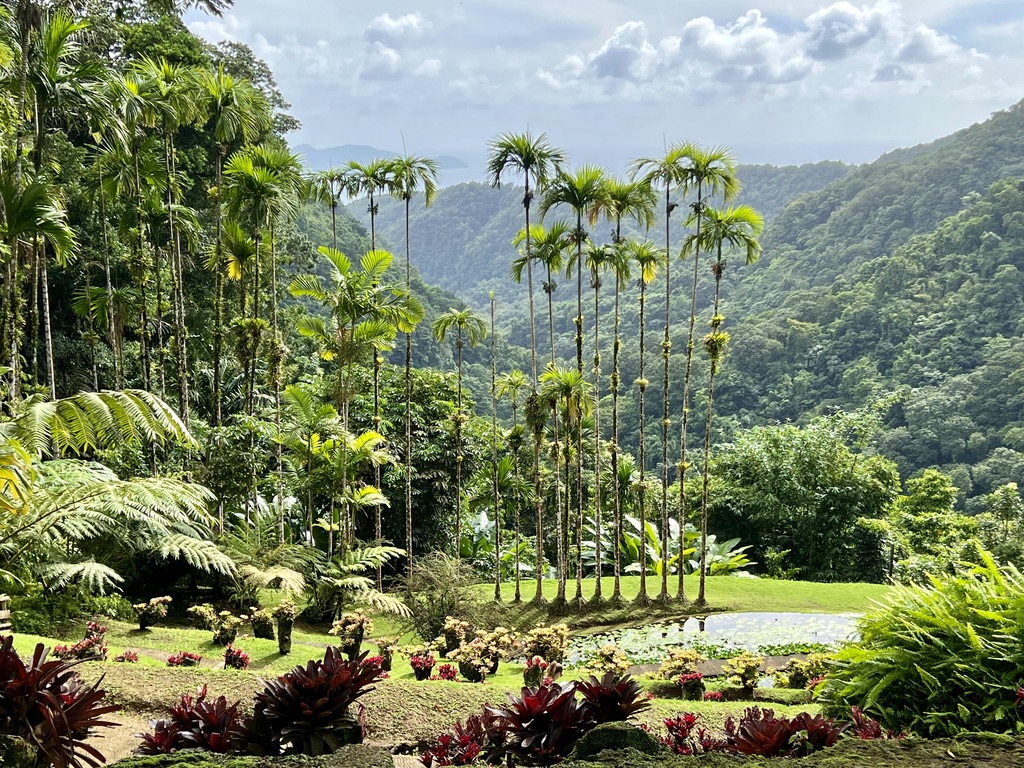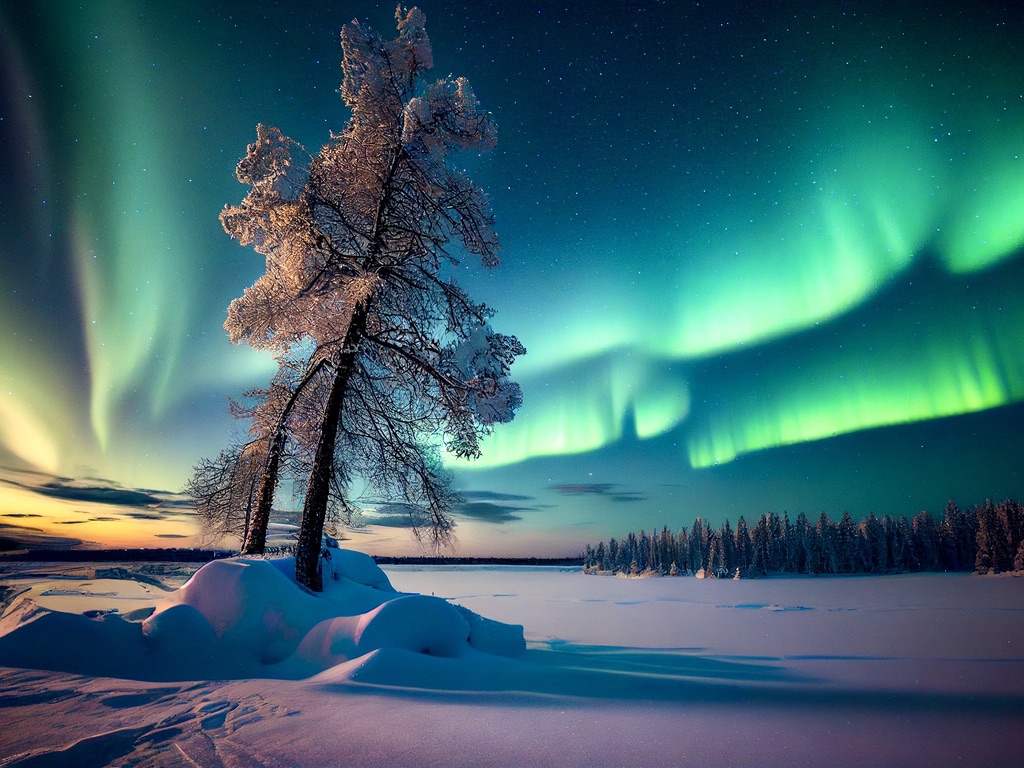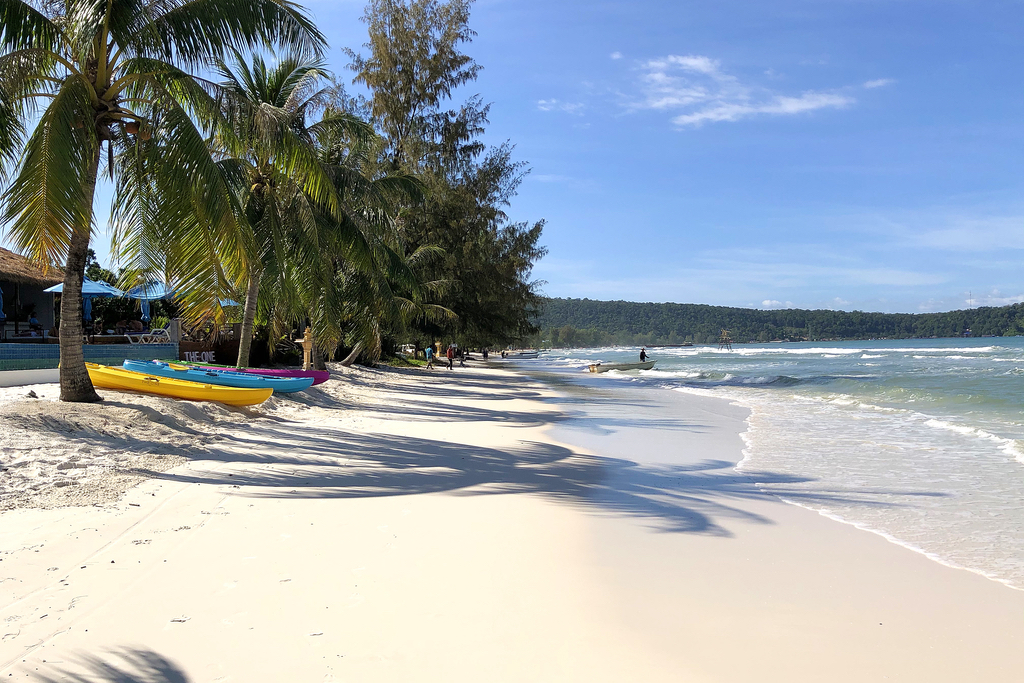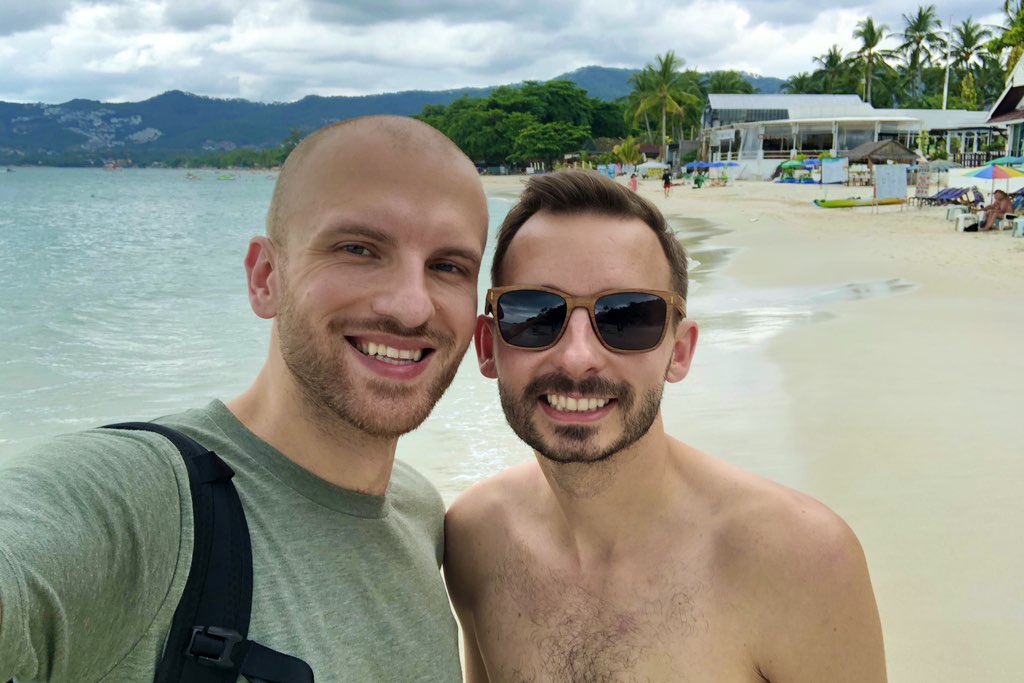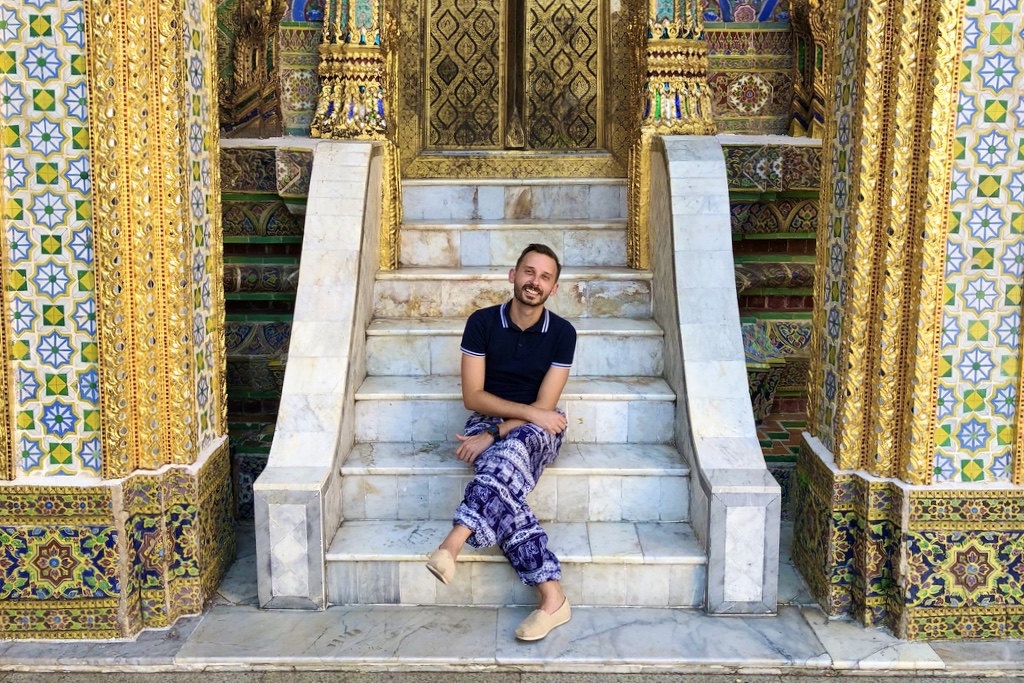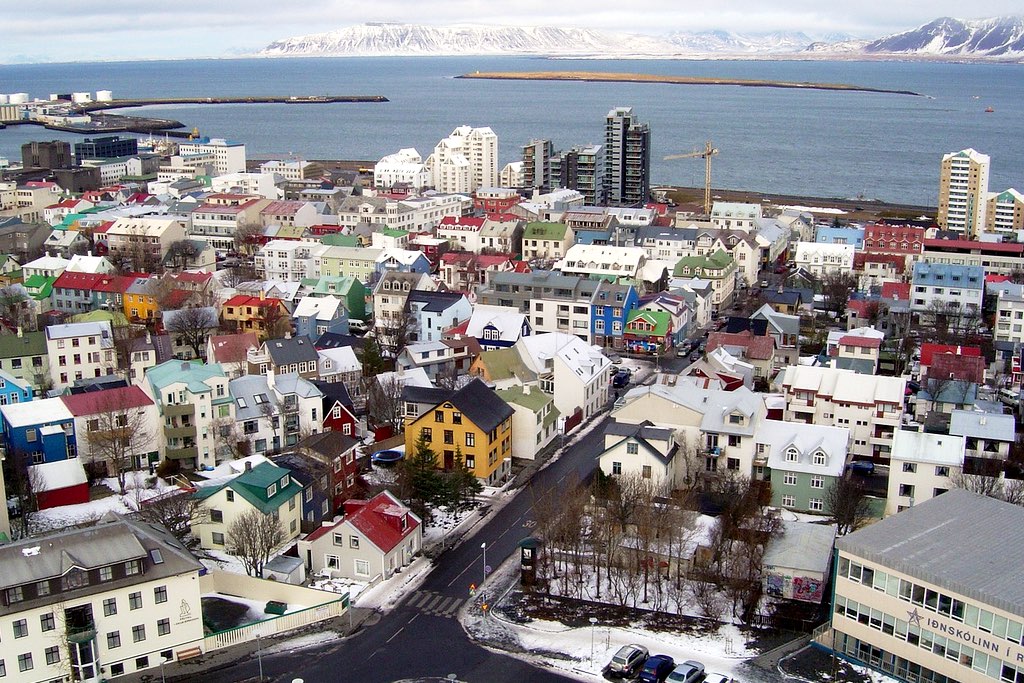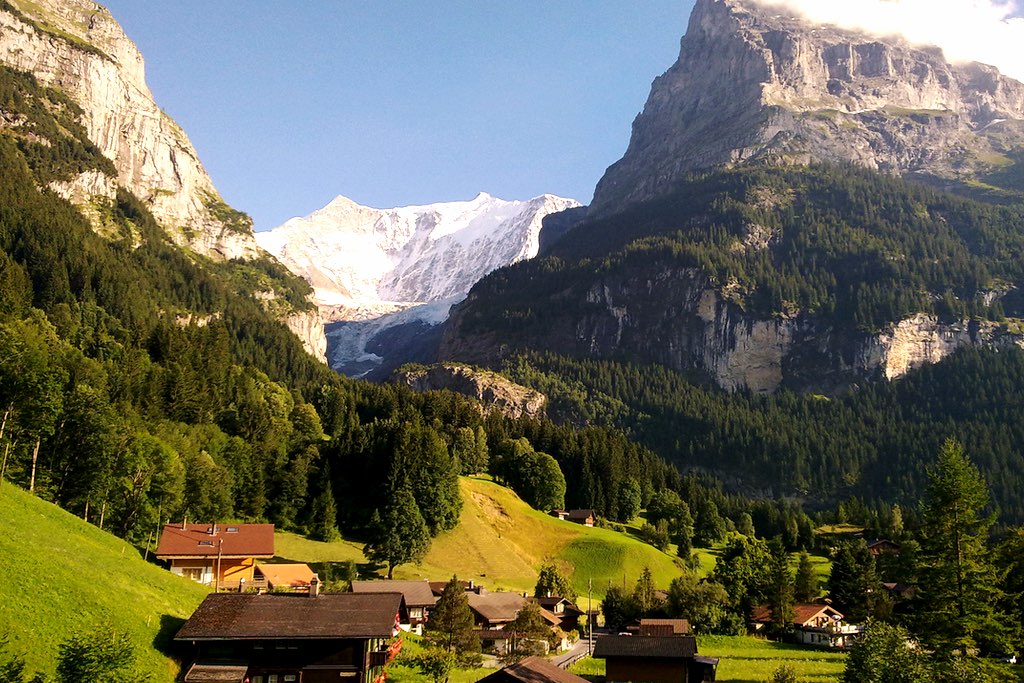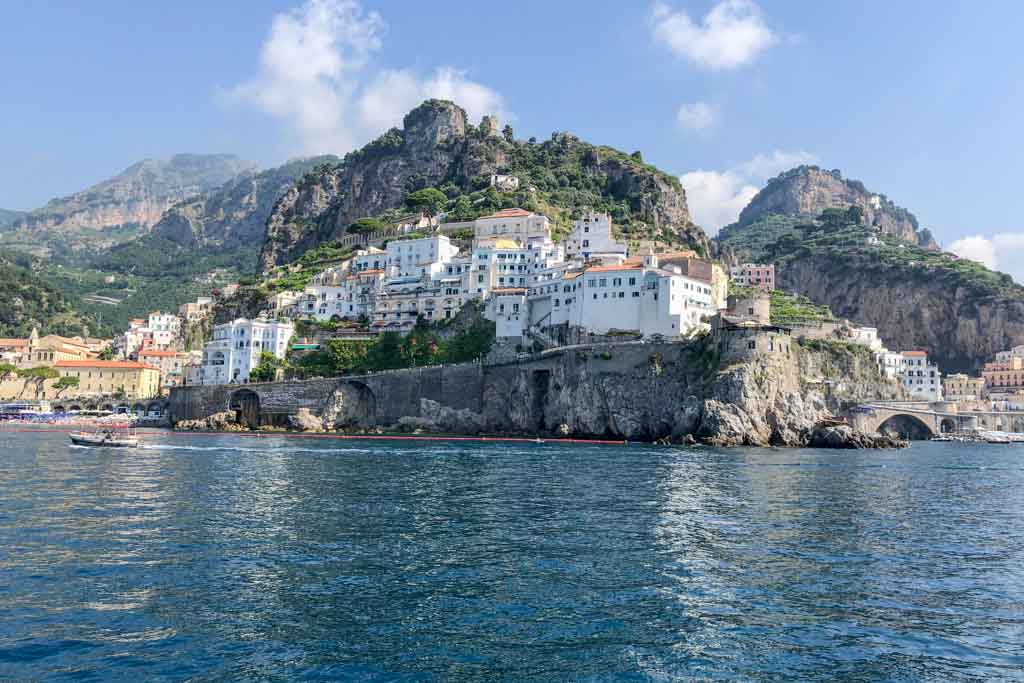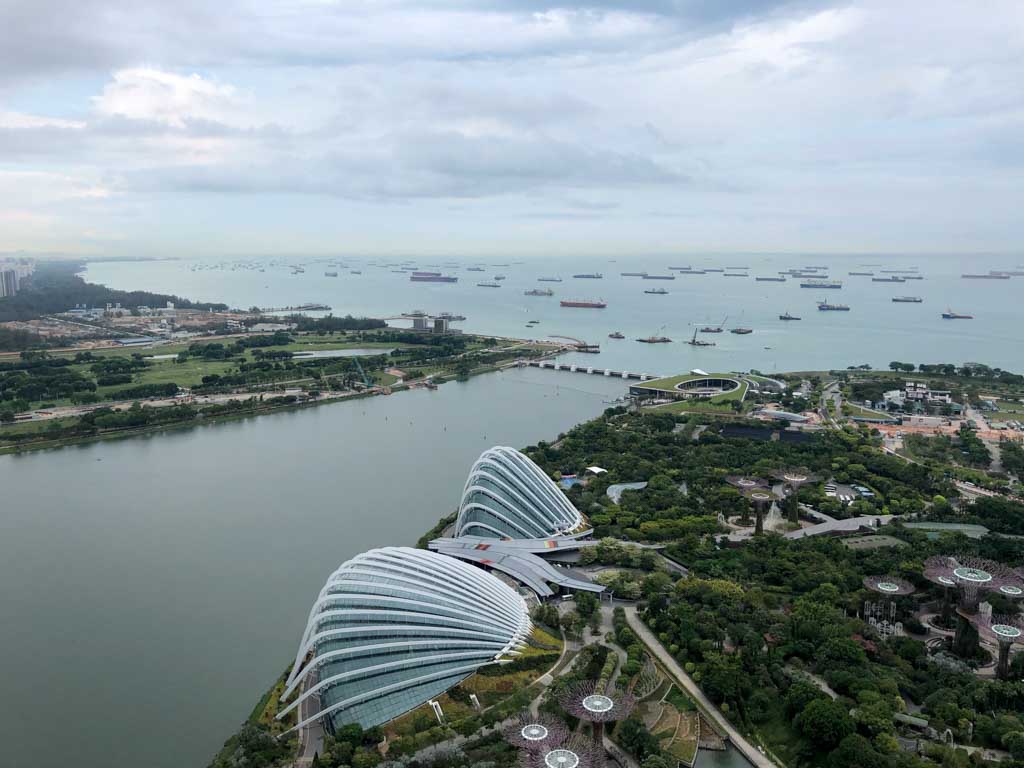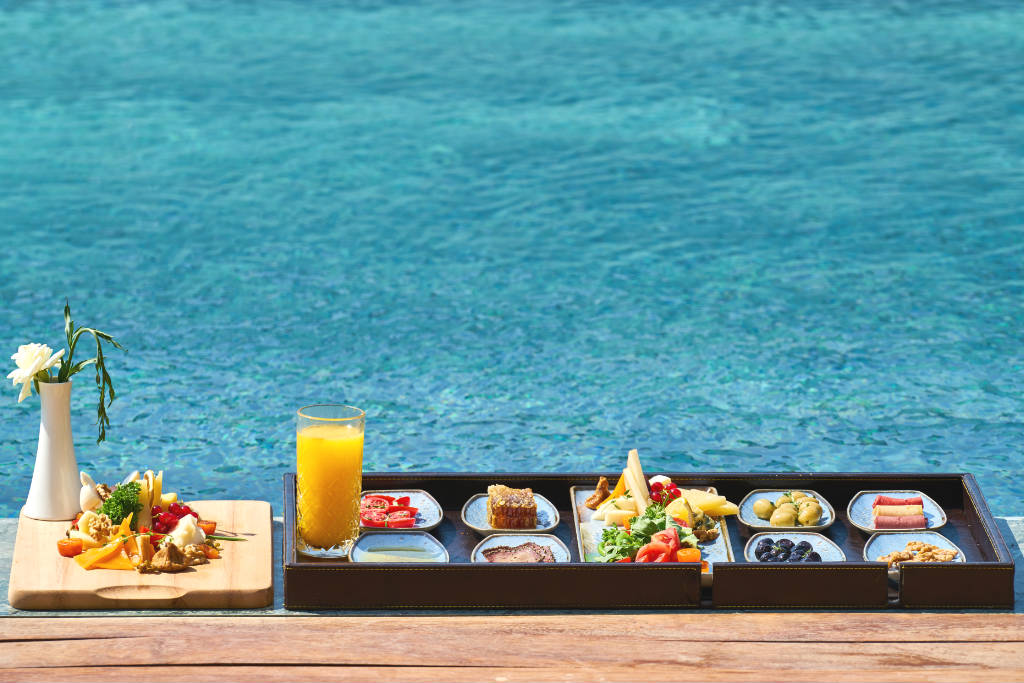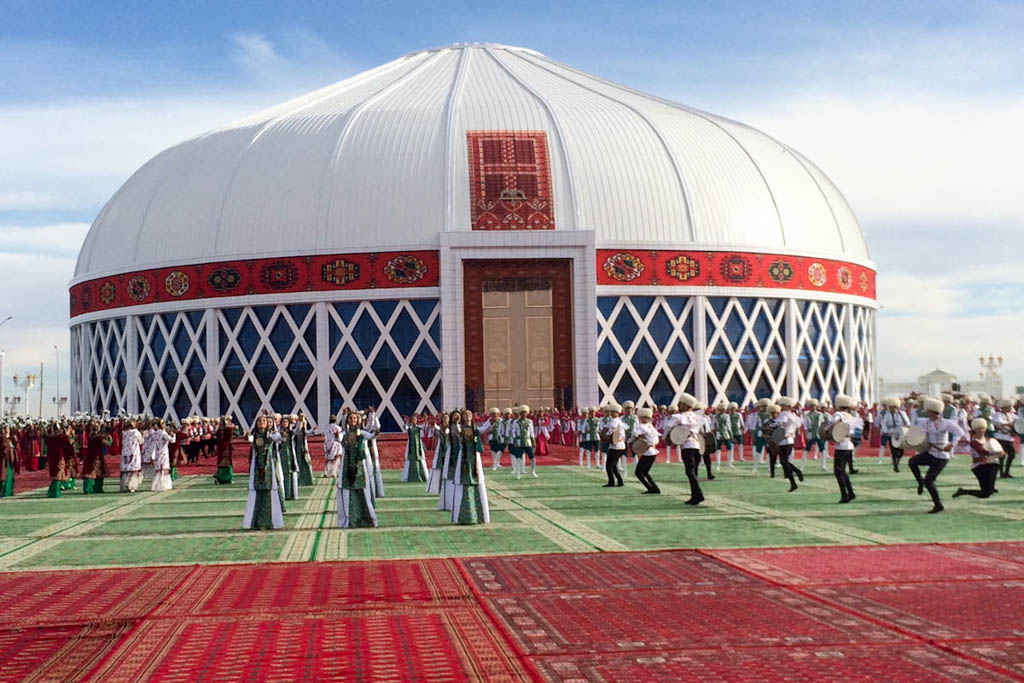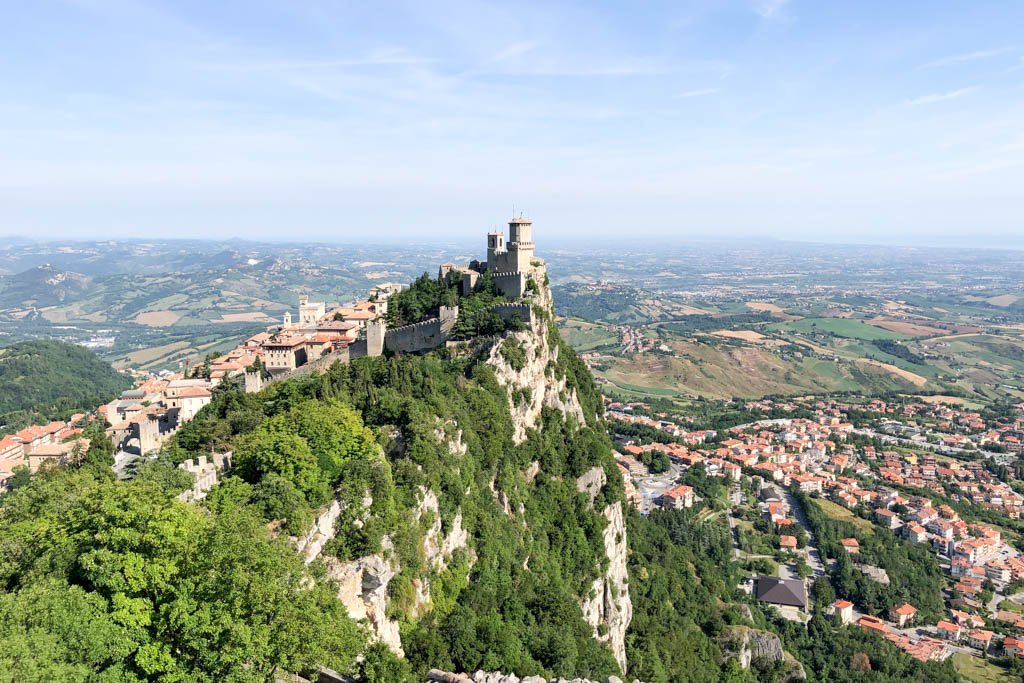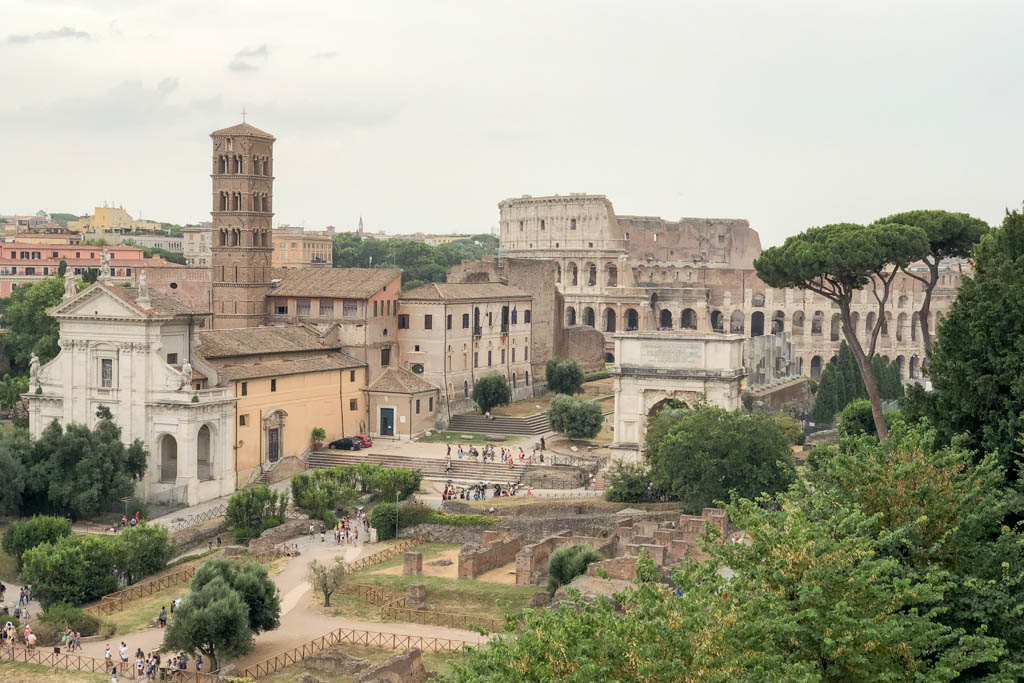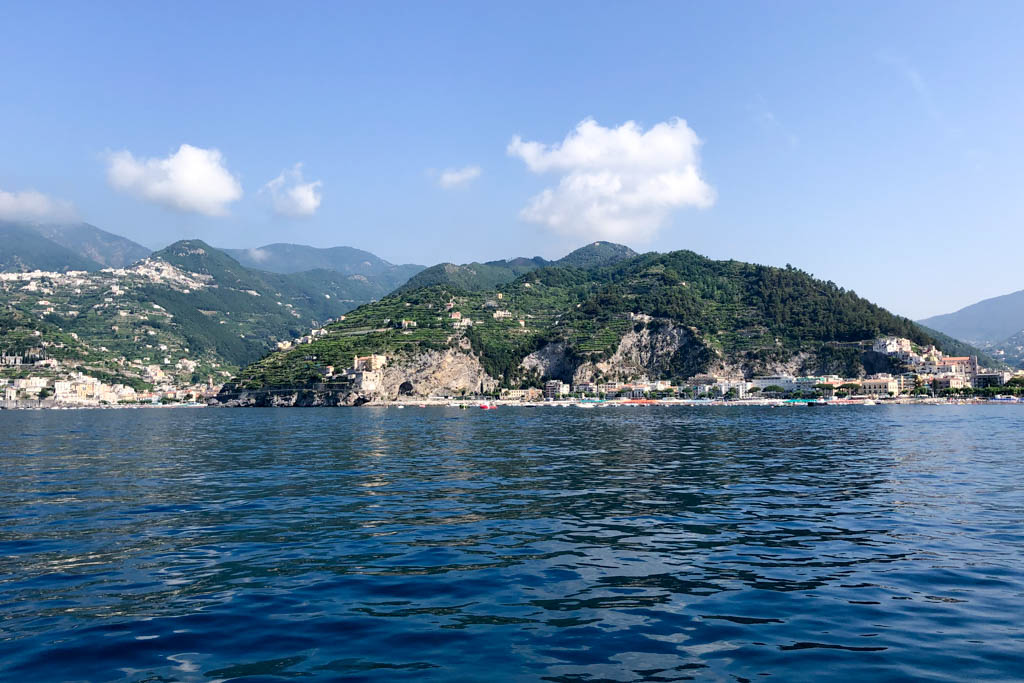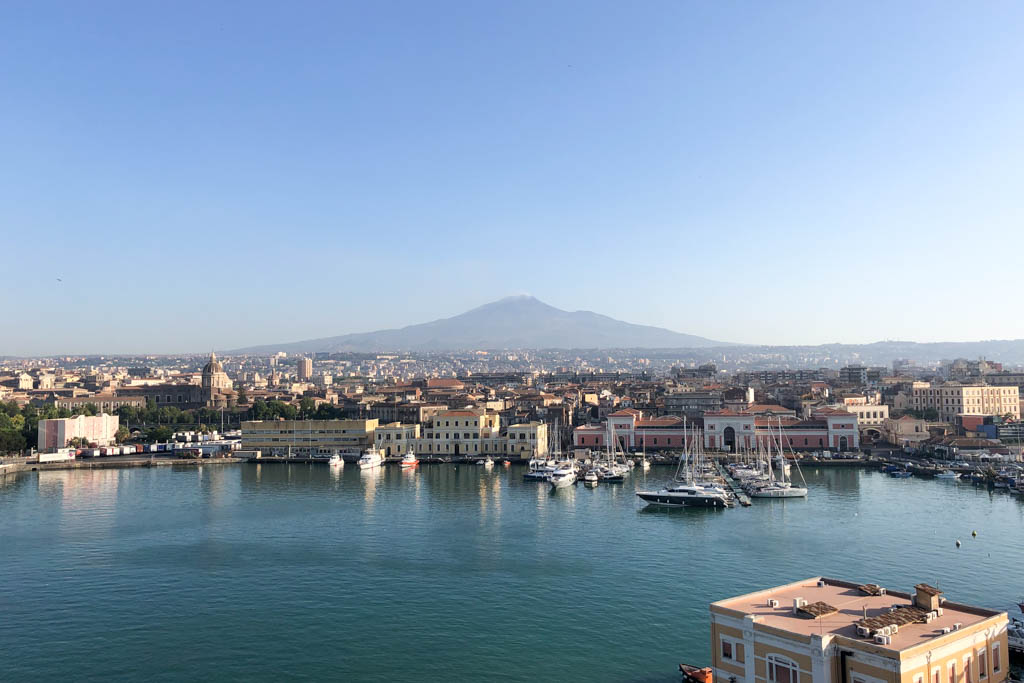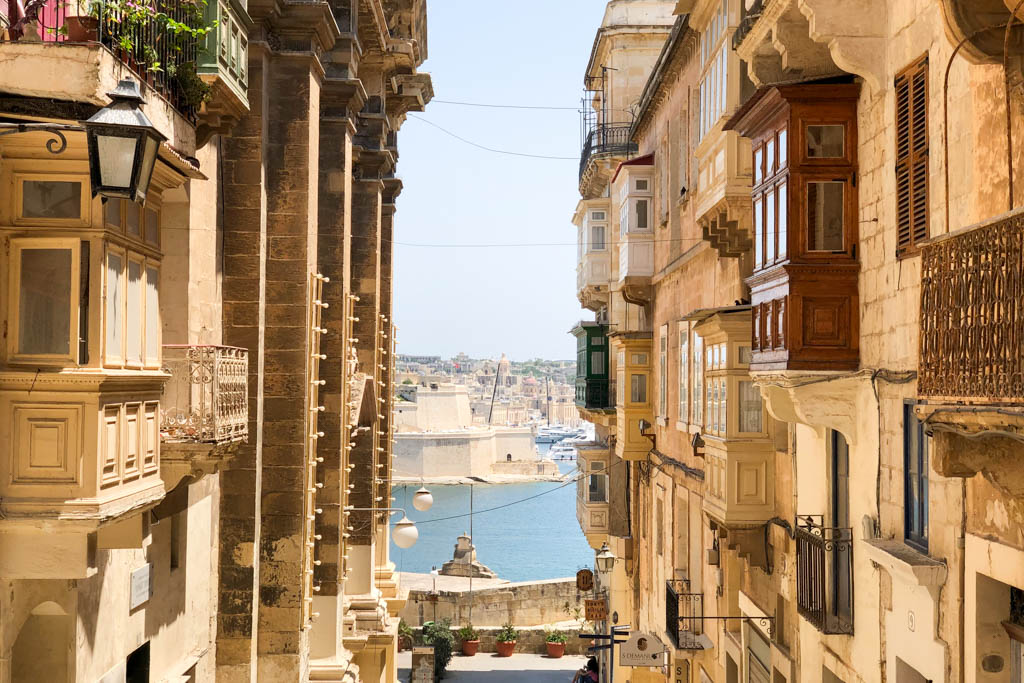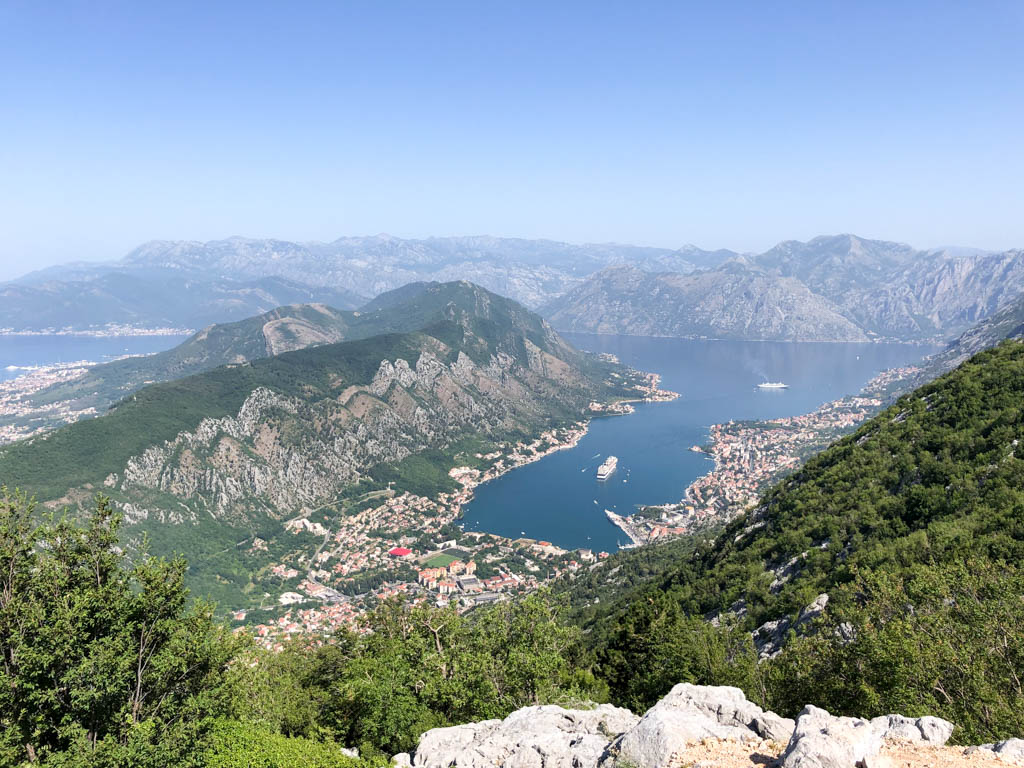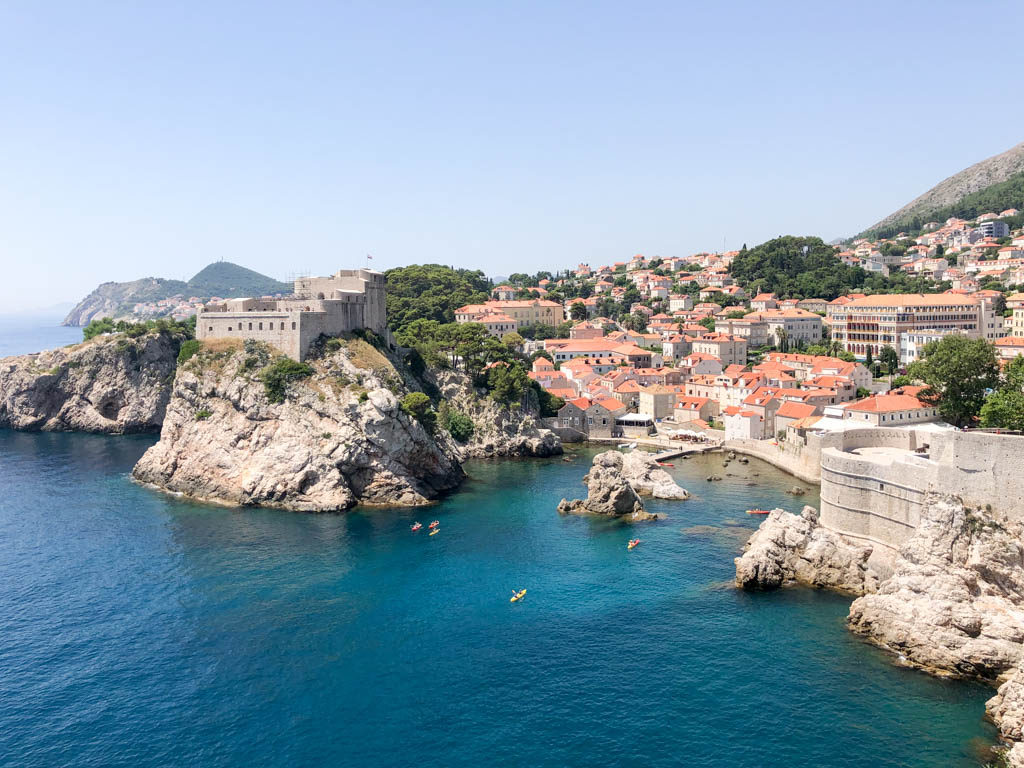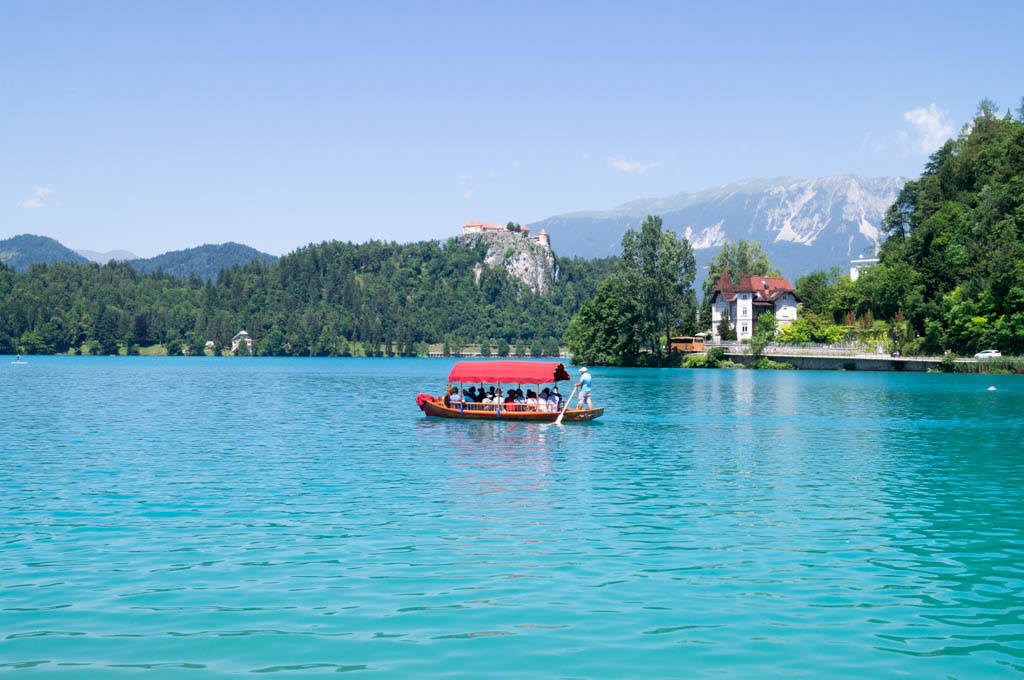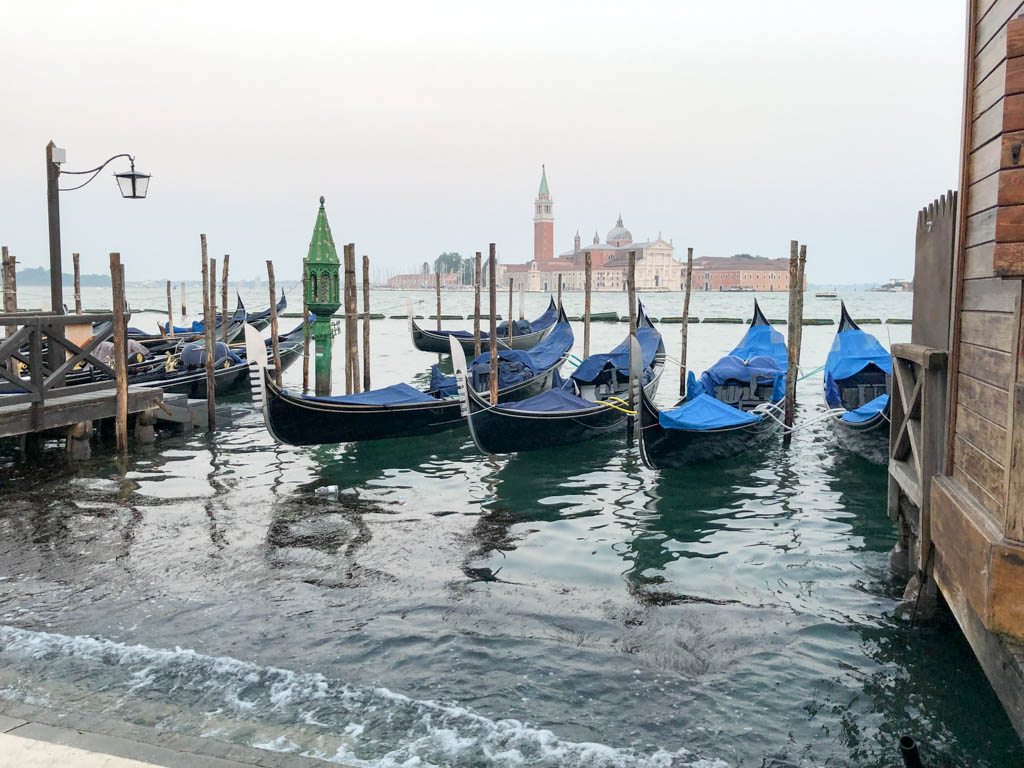In this post, we’re going to explore the geography of Bhutan, a gorgeous mountainous country in the Himalayas. If you’re not familiar with the basics of Bhutan, let me introduce this country to you.
Bhutan is sandwiched between India and China in the Himalayas and probably one of the most extreme geographies of any nation. Bhutan is somewhat an obscure nation and not much in the spotlight compared to the surrounding nations of Nepal, India, and China. But I think this is the advantage of Bhutan. It’s a country that still retains its beautiful natural geography because of sound environmental practices. In this post, I explore the geography of Bhutan.
Map of Bhutan
Bhutan is a mountain country with nearly all the country tucked away in the Himalayas. From north to south, it measures a little over 100 miles, and from east to west, it’s only about 200 miles at it’s widest. So a rather small country, only ranking 137th in the world in terms of size.
Scroll into the maps for a closer view!
[wpgmza id=”78″]
[wpgmza id=”77″]
Geography of Bhutan
Mountains Everywhere
From above, Bhutan looks completely covered in maps, but you’d be surprised by the range Bhutan contains. The low point in Bhutan is at 318 feet at the Indian border on the Manas River, which is also known as the Drangme Chhu River. The high point is a whopping 24,836 feet, the summit of Gangkhar Puensum near the border of China. That’s a range of over 24,000 feet in elevation in this one tiny country.
The norm for Bhutan is mountains everywhere, though. Parts of Bhutan are covered in snow for the whole year, and many of the valleys see very windy and cold temperatures. Blizzards are very common in the higher elevations. Violent storms from the Himalayas are the source of the country’s name, which translates as Land of the Thunder Dragon.
The country is so mountainous that only 2% of Bhutan is arable. There is a more tropical climate near the border of India. Because of Bhutan’s mountains throughout history, it has been notoriously isolationist. The flip side to this is it’s one of the most intact countries from an environmental point of view.

Natural Beauty
The most beautiful part of Bhutan is physical beauty. I think people have been so fascinated by this closed-off country because of how stunning it is.
Glaciers
At one point, Bhutan had around 10 percent of its own land covered in glaciers. That is kind of extraordinary for a country. Since the 1980s glaciers have been steadily declining and now only account for a little over 1 percent of total land area. Hopefully, some glaciers will stick around for the future as they are vital for water.
Lakes
There are an abundant amount of lakes in the country, although most are away from human settlement.
Valleys
Bhutan has very steep mountains and valleys, making travel throughout the country difficult. Even today, travel is hard, especially from north to south. Almost all travel is in the lowest part of valleys, and even air travel is stressful.
Climate
As you can imagine, the climate is pretty extreme for a small country. On the one hand, you have low land areas that actually experience tropical temperatures. These areas tend to be near the Indian border. It’s common for temperatures to be mild to hot even.
As you travel to the inner part of the country, temperatures tend to drop, especially higher elevation. For example, the capital of Thimphu experiences pretty mild temperatures and snows during the winter.
The further north and higher the elevation, the temperatures can become severe. There are parts of Bhutan that are always covered in snow and ice. Valleys also experience cold, snowy weather being pushed from the mountains.
The monsoon brings tons of rain and dangerous weather. The monsoon slams into the Himalayas mountains dumping rain all over Bhutan. In the winter, it’s usually bright and sunny, but snowfall is common, and the whole country will be cold.

Travel
For a long time, Bhutan was tough to travel, if not impossible. It was only recently that the country started opening up to the world. Tourism is a thing now, and it’s quickly becoming a new hot tourist destination.
In my opinion, Bhutan does tourism right. This country focuses more on keeping the country clean, and it’s citizens happy. So in response to that, it limits the number of tourists that can visit and sets the prices to visit pretty high. All tourists pay the same base price to travel the country, and as of right now, that’s set to $200 – $250 dollars per day.
Getting In
The best way and the way I recommend to get into Bhutan is by air. There is only one airport in Bhutan, Paro International. And only Druk and Bhutan Airlines fly into Bhutan. You’ll need a visa to get into Bhutan if you’re traveling from the United States or Europe.
It is possible to drive or take a bus to get into the country, but I wouldn’t recommend it. First of all, all entry is through India, and you’ll need to make sure you have a visa beforehand. Also, these routes may not be comfortable or for travelers looking for comfort.

Getting Around
You’ll most likely have a guide when traveling in Bhutan. Bhutan is one of those countries where it’s you pay and have a guide lined up beforehand. Remember, you have to pay at a minimum of 250 dollars per day while in the country as of 2019. This is not negotiable. Driving on your own is not a reality.

See / Do
The allure of Bhutan is its culture and scenery. These really go hand and hand. If you’re looking to escape to a country that has pristine hiking trails while also a beautiful Buddhist monastery, Bhutan is as good as it gets.
Bhutan is home to many national parks that are great for hiking and exploring in general. Many tours offer a mix of the two, or you can pick and choose if you want to see more cultural things or more natural things. To be honest, you will experience both on a trip to Bhutan.

Thoughts on Bhutan
I have never been to Bhutan, but in doing some research, I have found this is a country I would love to visit. From naturally gorgeous to culturally fabulous, this is a country where I could visit and totally feel relaxed in. I think the cool part of Bhutan is that you pay a high price, but in return, you get seclusion and a pristine country. Perhaps this is a model that travel should be like?





